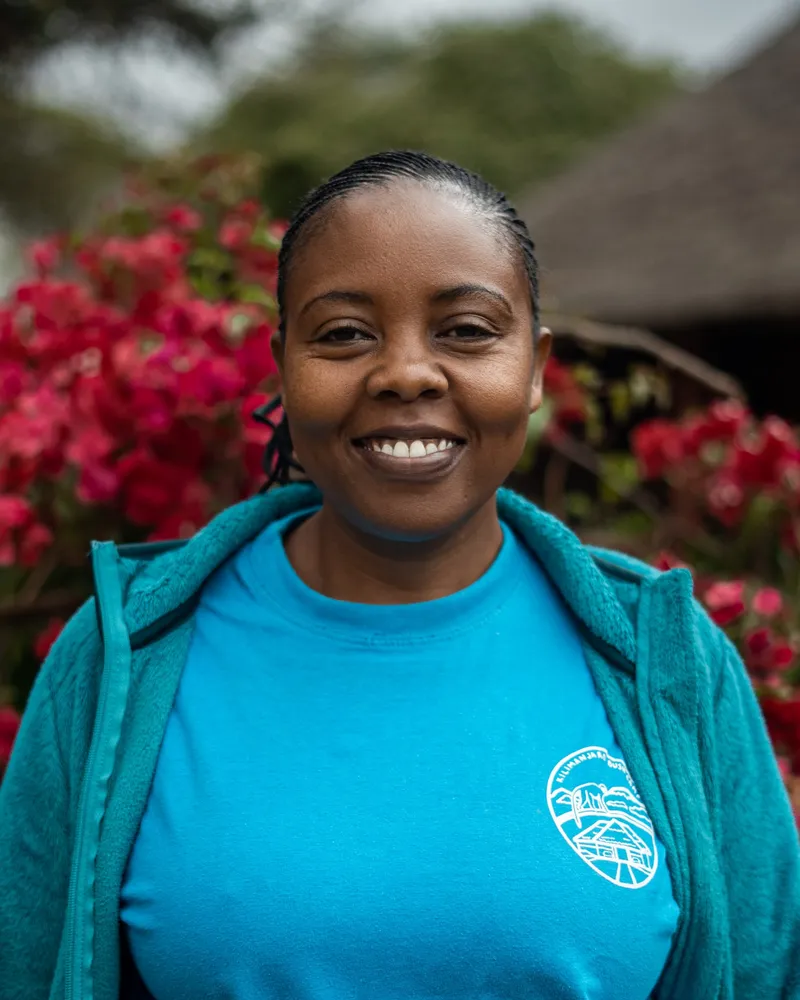Wildlife Ecology: SFS Kenya
With diverse experiences of the Amboseli ecosystem during the field exercises, travelling lectures, guest lectures, and group discussions, students were able to tailor their research to the needs of the ecosystem.
The field expeditions in Amboseli National Park and Maasai Mara National Reserve were a needed break from the field exercises and lectures. On the leeward side of Mt. Kilimanjaro, lies Amboseli National Park that has hot and dusty weather. The morning and evening game drives give the best scenic view of wildlife at the wetlands. Maasai Mara reserve on the other hand, has cool and wet weather with breathtaking savanna landscapes.
Two months into the fall semester, students embarked on course selection of their directed research projects that led to writing their research proposals. Project selections were diverse, students studied flora and faunal species studies, their interaction with the environment, and the human dimensions of conservation. These projects addressed critical questions of the Kenya Center’s strategic research plan: How effective is electric fence in mitigating human wildlife conflict in Amboseli ecosystem? What is the spatial distribution and impact of invasive species within the Amboseli ecosystem?
With diverse experiences of the Amboseli ecosystem during the field exercises, travelling lectures, guest lectures, and group discussions, students were able to tailor their research to the needs of the ecosystem. Studies were conducted in various conservancies within the Kimana group ranch, Amboseli ecosystem. From the onset of the projects, students digitized their data sheets and questionnaires using an online mobile app, Kobo collect. The app eased the need for tedious data entry after long hours in the field. Data collection in the field came with some hardships – a mix of dry, dusty field sites with sudden rainy showers during site visits, long walks and language translation difficulties from Maa language to English. All this paid off during one of the interviews, when an orphaned duiker rescued by a game ranger was comforted by the presence of the students and having friendly, welcoming community who offered shelter when it rained.
Engaging students to understand daily struggles that communities experience amidst climate change is important. The exposure enhances their learning and contributes to finding collaborative, workable solutions at community levels.

Photo taken by Anna Chahuneau.
__________
Curious about the SFS Kenya Center? Click here to read about why we’re based there, our environmental research focus, how we support the local community, and even take a tour of the Center.
Related Posts

Camila Rojas: Alumni Spotlight⭐


